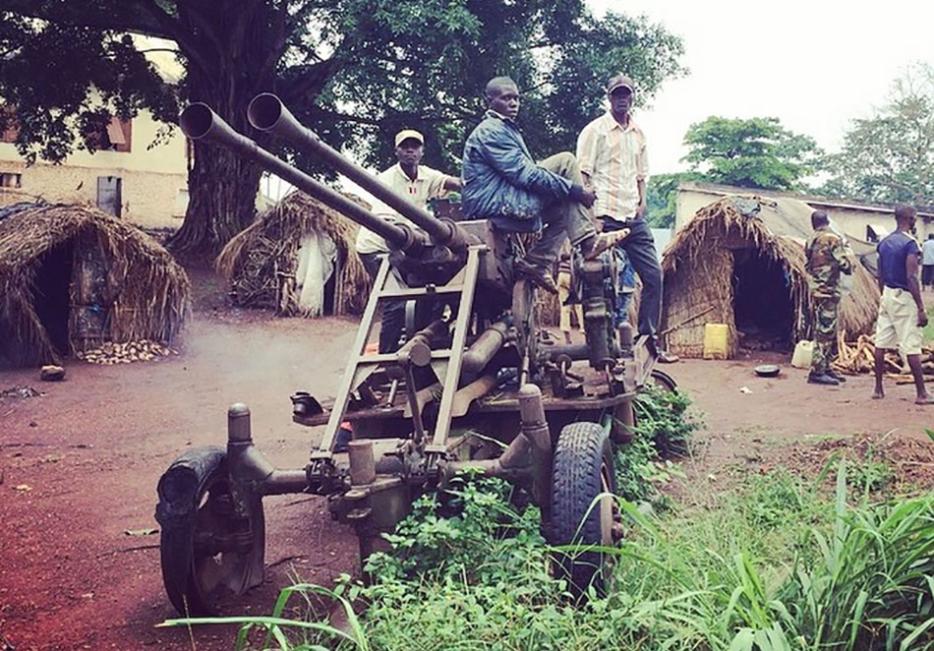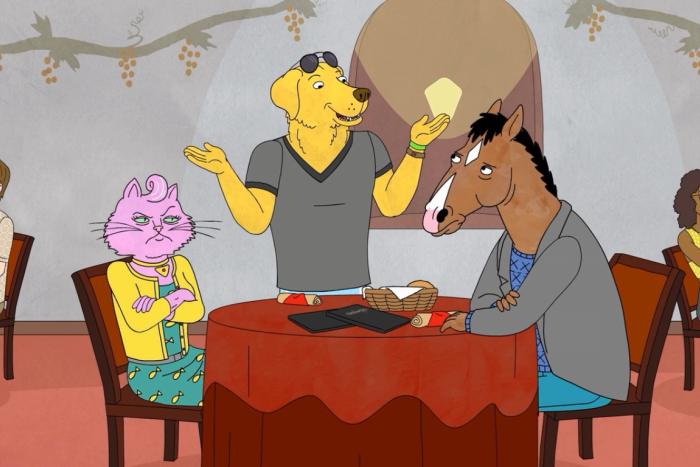Gary Blatt is now a Johannesburg leather-goods dealer in his early forties, but in a previous life he was the hero of an H. Rider Haggard novel. Twenty years ago, he went in search of King Solomon’s Mines, and instead found himself in South Africa’s remote north, on a tin-pot diamond concession in the baking Namaqualand desert. For the duration of 2004 he lived in a trailer in the scrub with his wife and daughter, nurturing a small mine into a marginally bigger one. It was tough, ancient work, and dirty. “I ate so much dust that I’d shit mud balls,” he told me, when I spoke to him over the phone about his experiences. The relative success of the Namaqualand property meant that his name was uttered in the cloistered, monkish circles of the diamond business, and before long he was receiving calls from men with interesting CVs.
His most persistent suitor was a veteran of the Six-Day War and a retired Israeli ex-paramilitary battalion we’ll call the Major. He was one of a cabal of Israeli military men operating in the toughest regions of Africa, and he’d earned smooth passage in the central African state of Cameroon after walking several hundred Central African Republican Muslims to safety during ethnic clashes in 1997. Word of this ragged troop reached a Lebanese diamond magnate in the Cameroonian capital of Douala, who was so moved that he ferried the Major north for an audience. “Why would an Israeli Jew do such a thing for Muslims?” he asked.
The Major’s reply has become something of a central African diamond miner’s folk tale. “I suspected that they were just human beings,” he answered.
“Anything you want,” stated the Lebanese, wiping away a tear. “Anything.”
The Major decided upon an artisanal concession outside a southern Cameroonian town called Betoury. The mine was primitive, but with one considerable upside: it was in virgin territory as yet unmolested by the established players. He wanted Blatt to bring the property online, and so the young South African boarded an Air Cameroon flight in October of 2005, excited but circumspect. “As we all know with any virgin,” he noted in his journal, “everybody wants to screw her.”
Many men arrived in Betoury with exactly that intention in mind. Blatt’s exertions were brought to a messy end by the Zarckina, a mercenary group originating in Chad and assembled by the Central African Republic’s President François Bozizé in order to prop up his teetering regime. After Bozizé ran out of funds, the Zarckina went about collecting their bounty the old fashioned way—by pillaging villages and businesses in the lawless corridor along the Cameroon/CAR border. As far as the men with guns saw it—and really, theirs was the only opinion that mattered—the Major’s diamonds would go a long way to squaring Bozizé’s debt.
Blatt didn’t know much about CAR, but he was learning. It was less a country than a resource bordello, a place the French kept tethered to the colonial apron strings in order to ensure that central Africa’s uranium deposits remained firmly within Paris’s grasp. CAR was an un-country, a non-place the size of France and Germany combined, and even its name sounded more like a UPC symbol than a statement of national identity. With Chad, Cameroon, Sudan, South Sudan, and the Republic of Congo all undermined by internal and international finagling, decoding central African geopolitics was highly specialized work—so highly specialized that there was no one capable of working the regional Enigma machine. When Blatt fled Betoury with the Zarckina locking and loading on the mine’s perimeter, he hoped never to see the place again.
But the Major had other ideas. A few months after the Cameroonian calamity, an American cigar manufacturer farming tobacco in CAR’s northern redoubts contacted him. The American was tired of shipping ersatz Romeo Y Julietas in armed convoys to the coast, and diamonds would have allowed him to move millions of dollars of goods in little more than an imaginatively secured condom. By 2006 the geopolitical pivot in central Africa had shifted: the first stirrings of industrial-scale terrorism in the Sahara had distracted the French, and while they anxiously watched al-Qaeda affiliates sprout like desert flowers after a rain squall, the Chinese moved in. Bozizé, like many African leaders, suddenly found himself spoiled for partners. The American made his play, and through a contact in Paris secured—or thought he had secured—the rights to a diamond concession in CAR. Blatt acted coy for as long as he could, but a dollar is a dollar is a dollar.
He boarded an Air France flight in Johannesburg’s O.R. Tambo, and braced himself.
*
No one braces for CAR. The trip itself was strange and disorienting. Blatt landed in Charles de Gaulle, spent a day in Paris seeing the sights, then took a second flight to CAR’s capital, Bangui. A trip that should have taken no more than a six hours door to door took him almost two days, but Blatt learned that Paris was the rabbit hole through which CAR became manifest. On a map of Africa, this was the empty centre, the black hole; without a trip to the Louvre or lunch in Montmartre, CAR did not exist.
Forty-eight hours after leaving Africa, Blatt—an African working in Africa—finally arrived back in Africa.
Bangui, he thought, was just sad. It wasn’t that its small colonial core had faded into ignominy or any nostalgic bullshit like that—Bangui was never one of the Francophonie’s masterpieces, and the “old city” itself was so paltry and hodge-podge that it spoke of the country’s raison d’etre, which was, of course, mining. The violence Blatt encountered was casual, exhausted, and extreme: he watched a gendarme wearily beat a man into pulp with a block of concrete. He’d look up at the country’s flag and see stripes of blue, yellow, green and white severed by an angry red slash, a symbol that reminded him of a machette wound.
The architecture wept tropical gunk: all around him was the decrepit modernism of the liberation era. The city’s landmark building, the towering Oubangui Hotel, looked over the river that gave the city its name. Built three years after independence in 1960, it was snatched up by Emperor Jean-Bédel Bokassa in 1966, shortly after his succesful coup. Bokassa built scores of these concrete modernist confections, buildings that become so quickly removed from their time and purpose that the South African photographer Guy Tillim terms them “Floating Worlds.” Bokassa’s coronation and subsequent imperial ambitions were considered insanely opulent, and in a time of Big Man excesses, his were the biggest of all: it was even claimed that he ate parts of his enemies. But in his early days, he articulated worthy dreams in concrete. Almost a quarter of a century after the French turfed Bokassa, Bozizé ruled his own false rule: he was another of Paris’s puppets. For Blatt, the rotting buildings said it all.
His new assignment, it seemed, was to watch the American’s business fail. There was no rule of law, and a contract was like a biblical passage, endlessly mutable. The country was so rich that gold was quickly found on the diamond concession, but getting papers to export it would have taken seven lifetimes. Before long, the American was stripped of half a million dollars by his partner in Paris, and the CAR/France whipsaw had become impossible to negotiate. Every last rogue in the world ended up here, and Blatt found himself locked in a Jacques Tati-esque dance that had long since ceased to be funny. Everyone lost everything, but more than that: this country of less than five million souls—if it even was a country—seemed headed for some terrible disaster, a tragedy Rwandan in scope, and no one seemed to give a fuck. Six years after leaving CAR for good, after learning that I hoped to travel to there to finish research for a book on Africa’s 21st-century transformation, Blatt wanted to rubbish any notions I might have about a central African renaissance.
“Boet, boet—listen to what I’m saying to you,” he said over the phone, using the relevent Johannesburg honorifics. “CAR is the worst. Place. In. The. World. But the pastries, boet? To this day, they’re some of the best I’ve ever tasted.”






